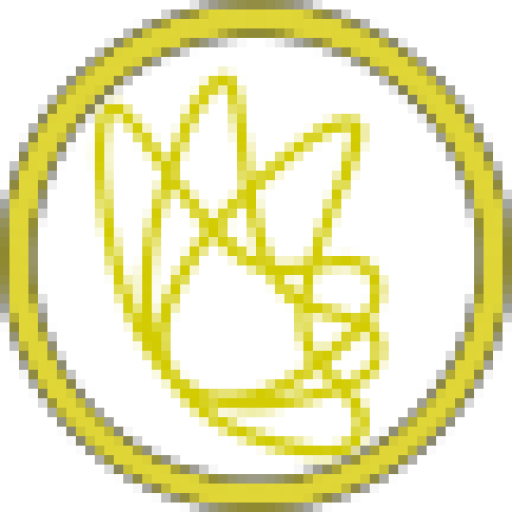
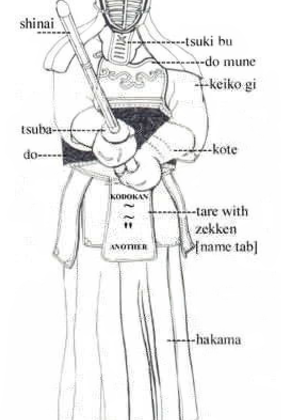
Introduction to the Equipment
Kendo equipment consists broadly of three parts and is often refered to as Dogu
The word “Dogu” means equipment (gu) for use in the way (do). Kendo-gu is also an acceptable term -the clothes, the armour and the weapons. All are traditional in form. Some modern materials are now available, although natural products are generally preferred.
The clothing is based loosely on traditional Japanese wear, the top being a kimono style jacket (gi) and the trousers a (hakama).
Today’s kendo armour is the result of improvements in the protection refined through more than two hundred years of development.
The weapons are basically unchanged, the bokuto being most commonly made of oak and the shinai of bamboo.
Below each item will be discussed in a little more detail.
For the supply of equipment, armour & repair, Kodokan recommend Tashiro sensei’s Tenpudo Budogu equipment specialist website: www.tenpudo.co.uk
We also recommend Nine Circles Suppliers of Quality Japanese Budo Equipment.
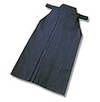
Hakama: – Traditional Japanese loose pleated trousers worn in Kendo. Made of cotton (also available in man made fibres) The type of hakama presently used for kendo is the same as that was used historically in Japan for horse riding.

Kendo-gi: – Practice jacket, also known as a kendo gi today. Made of quilted cotton. Also called do-gi or kendo-gi
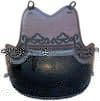
Do:- Torso protector. Traditionally made of bamboo slats although often produced in composite materials, lacquered with a quilted and embroidered upper section (do-mune) and again tied with cords (do himo)
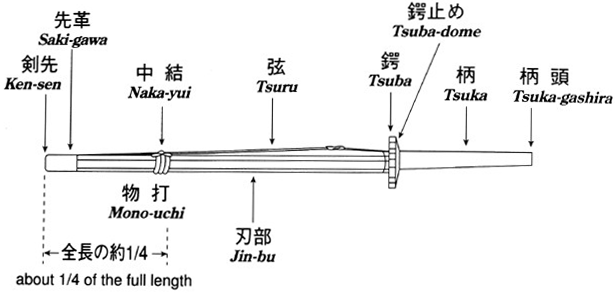
Shinai:- Bamboo Sword.
A Shinai is a type of practice sword used in the Japanese martial art of Kendo. It is made up of four bamboo slats held together by a leather grip and a pair of metal fittings at the ends. The Shinai is designed to simulate the weight and feel of a traditional sword while minimizing the risk of injury during practice.
